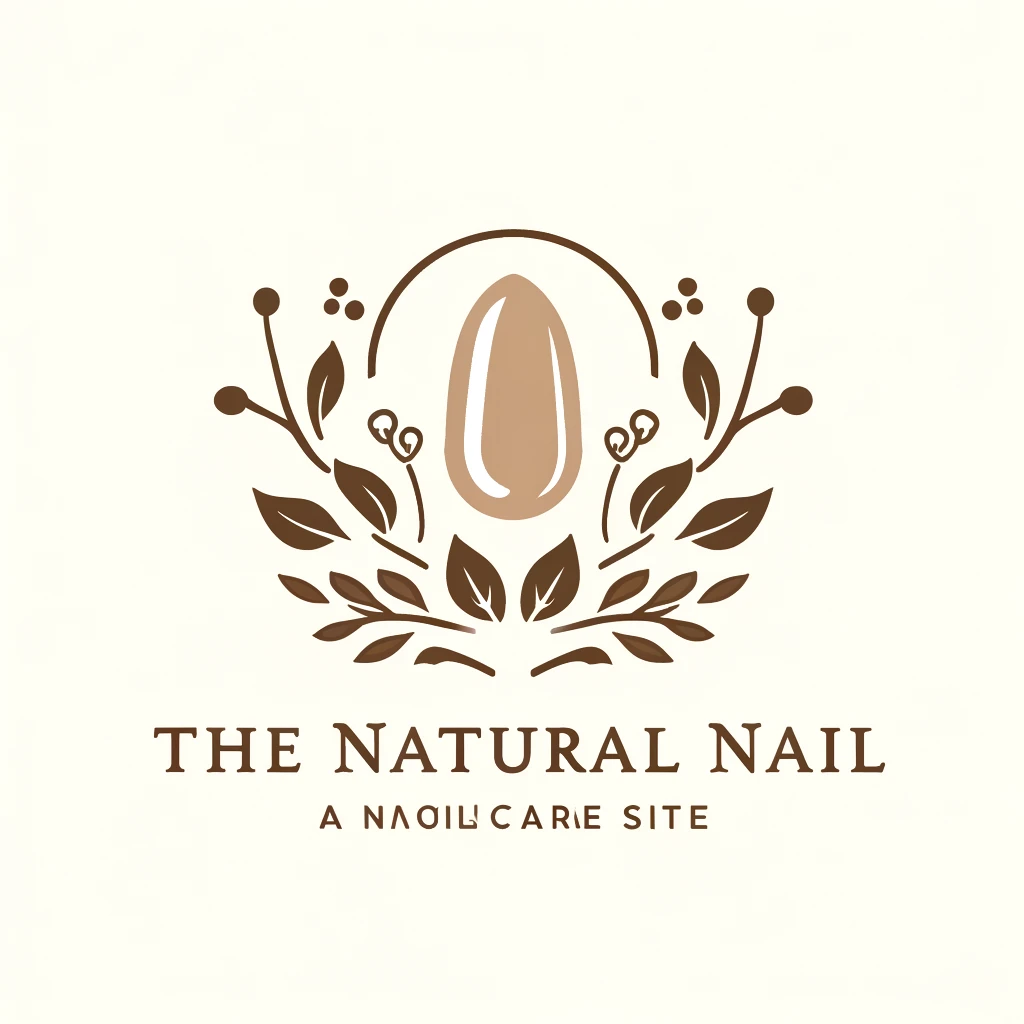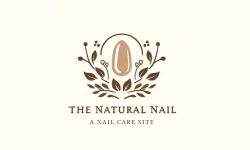Acrylic nails are a popular way to beautify and strengthen nails. While they are undeniably attractive and durable for adults, the question of their suitability for children emerges. Children’s nails are thinner, weaker, and more easily damaged than adults’. This needs being cautious while considering acrylics. This article delves into the realm of acrylics for children, including advice on how to keep their nails healthy during the application and removal procedure.
Considering the Benefits and Drawbacks of Acrylic Nails for Children

Before diving into Acrylic Nails for Children, it’s crucial to weigh the pros and cons.
- Benefits: Acrylic Nails for Children can help with difficulties like nail biting, which is a typical behavior in children. They provide an enjoyable opportunity to express yourself and gain confidence. Acrylics can also protect weak or broken nails while stimulating healthy growth underneath.
- Drawbacks: While doing Acrylic Nails for Children, Acrylic applications include strong chemicals that can hurt young, fragile skin. Improper application or removal techniques might harm the natural nail bed, causing brittleness and infection. Furthermore, acrylics inhibit natural nail growth and can be uncomfortable for busy youngsters.
Making the Decision: Age and Maturity
There is no one-size-fits-all answer to the optimal age for acrylics. A child’s maturity level is quite important. Here are some things to consider:
- Age: Dermatologists often advocate waiting until at least puberty (approximately 12-14 years old) before using acrylics.
- Nail-biting Habit: If Acrylic Nails for Children are meant to prevent nail biting, explore other options such as behavioral modification or short, polished natural nails with interesting decals.
- Activity Level: Acrylics may be inappropriate for highly active children because they are prone to snag and shatter.
Communication is Key: Setting Expectations

Open communication is paramount when considering Acrylic Nails for Children. Discuss the following aspects:
- Maintenance: Acrylics require regular maintenance, which includes fills and possible repairs. Describe the dedication involved.
- Lifespan: Acrylics are not permanent and require removal after a specific period. Discuss the removal process, which can be tedious and less comfortable than application.
- Safety: Emphasize the importance of not picking or biting at the acrylics, which can damage both the artificial nail and the natural nail underneath.
You can also consider non-toxic acrylic nails for kids, which every parent should be informed about.
Finding a Reputable Salon
If you decide to go forward with Acrylic Nails for Children, prioritize selecting a reputable salon with skilled nail technicians. Here’s what you should look for:
- Hygiene: Ensure the salon maintains a clean and sterile environment.
- Licensing: Check if the nail technicians are licensed and have expertise working on children’s nails.
- Acrylic Quality: Inquire about the quality of acrylic products used, opting for reputable brands known for safety.
The Application Process: Prioritizing Safety
During the Acrylic Nails for Children application process, keep these safety measures in mind:
- Prioritize Natural Nails: Request that the technician use minimum grinding or buffing on the natural nail plate.
- Size and Shape: Opt for shorter, natural-looking nails that are less prone to breakage.
- Chemical Sensitivity: Discuss any sensitivity your child may have to specific acrylic items.
- Proper Application: Observe the application process to ensure that the technician does not come into contact with the nail’s cuticle or the surrounding skin.
Maintaining Healthy Nails with Acrylics

Once the acrylics are applied, proper care is essential to maintain healthy nails:
- Avoid Water Exposure: Avoid prolonged contact with water, particularly within the first 24 hours following application.
- Moisturize: To avoid dryness and irritation, keep the area around the nails moisturized on a regular basis.
- Protective Gear: Encourage your youngster to wear gloves when performing chores or participating in activities that require harsh chemicals or extended water exposure.
- Gentle Handling: Teach your child not to pick at the paints or use them as tools.
- Regular Inspections: Regularly inspect the nails for signs of lifting, cracks, or infection.
The Removal Process: Minimizing Damage
Removing acrylics requires special attention:
- Professional Removal: Never try to remove acrylics at home. Choose expert removal by a certified nail technician.
- Acetone-Free Removal: To avoid damaging the natural nail, seek acetone-free removal solutions.
- Post-Removal Care: Following removal, nurture the natural nails with cuticle oil and moisturizing treatments.
Fun and Safe Alternatives

- Press-on Nails: Press-on nails are a more durable solution than stickers. Choose high-quality, child-sized press-on nails that use mild adhesive tabs rather than harsh glues.
- Creative Buffing and Polishing: A competent nail technician can buff and polish natural nails to provide a healthy sheen. Consider adding fragile nail art designs tailored to a child’s likes.
Conclusion: Striking the Right Balance
Finally, deciding to embellish your child’s nails with acrylics demands careful consideration. While acrylics have significant aesthetic and nail preservation benefits, their potential for harm to young, fragile nail beds must be overlooked. The idea is to strike a balance between fun and safety.
Open communication is essential. Talk about the reality of maintenance, lifespan, and expectations with your child. Finding a reputable salon with skilled and qualified experts who focus child safety is critical. To avoid damaging the natural nail plate, emphasis little grinding and a natural shape during application.
Once applied, consistent care becomes critical. Moisturizing on a regular basis, limiting water exposure, and using suitable handling techniques help to prevent dryness, lifting, and infections. When it comes to removal, choose a professional that uses acetone-free chemicals whenever feasible to prevent further harm.
Remember, healthy natural nails are the best basis for any augmentation. Consider non-toxic nail paints, ornamental stickers, light press-on nails, or creative buffing and polishing to add a touch of pleasure without compromising health.

